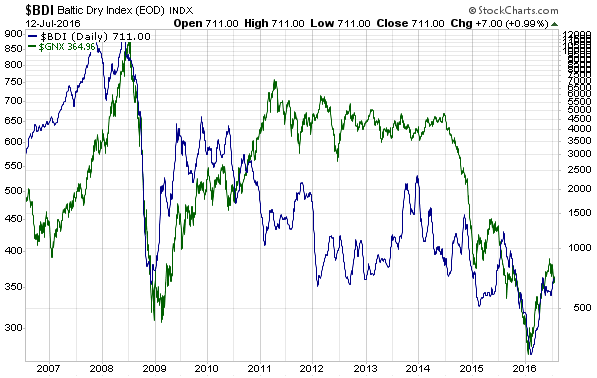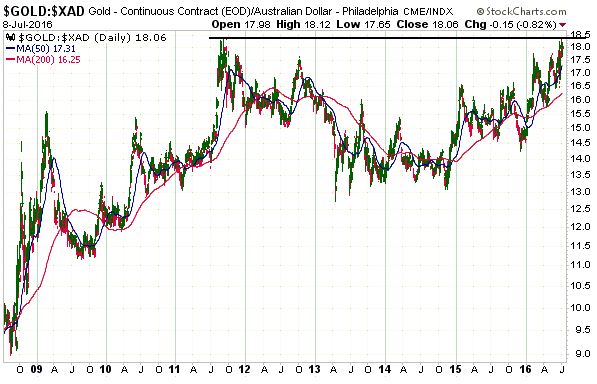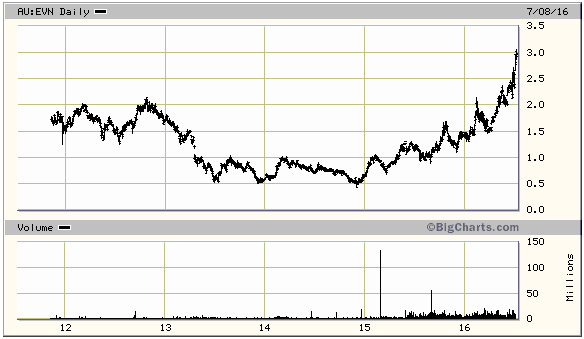In a recent letter John Mauldin worries that central banks are ‘out of bullets’, but this is not something that any rational person should be worried about. Instead, they should be worried about the opposite.
The conventional view is that with interest rates at all-time lows and with vast amounts of debt having already been monetised, if a recession were to occur in the not-too-distant future there would be nothing that the central banks could do to ameliorate it. However, this view is based on the false premise that central banks can smooth-out the business cycle by easing monetary policy at the appropriate time. The truth is that by distorting interest rates, central banks get in the way of economic progress and cause recessions to be more severe than would otherwise be the case.
Think of it this way: If it is really possible for a committee of bureacrats and bankers to create a better outcome for the economy by setting interest rates (the price of credit), then it logically follows that a healthier economy would result from having all prices set by committees comprised of relevant ‘experts’. There should be an egg committee to set the price of eggs, a car committee to set the price of cars, a massage committee to set the price of massages, etc. After all, if it really is possible for a committee to do a better job than a free market at determining the most complicated of prices then it is certainly possible for a committee to do a better job than a free market at setting any other price.
However, hardly anyone believes that all prices should be set by committee or some other governing body. This is undoubtedly because that type of price control proved to be an unmitigated disaster wherever/whenever it was tried throughout history. Most people therefore now realise that it would make no sense to have committees in place to control prices in general, but are strangely incapable of making the small logical step to the realisation that it makes no sense to give a committee the power to control the most important price in the economy — the price of something that influences the price of almost everything else.
Getting back to the worry that central banks are out of bullets, it would actually be good news if they were. This is because a central bank does damage to the economy every time it fires one of its so-called monetary bullets. The damage usually won’t be apparent to the practitioners of the superficial, ad-hoc economics known as Keynesianism, but it will inevitably occur due to the falsification of price signals.
Unfortunately, central banks have an unlimited supply of bullets. This has been demonstrated over recent years by zero not proving to be a lower boundary for the official interest rate and by asset monetisation proving to be not restricted to government bonds. We should therefore expect central banks to keep firing until they are reined-in by market or political forces.
The real worry, then, isn’t that central banks are out (or almost out) of bullets. The real worry is that they are not remotely close to being out of bullets.
 Print This Post
Print This Post



